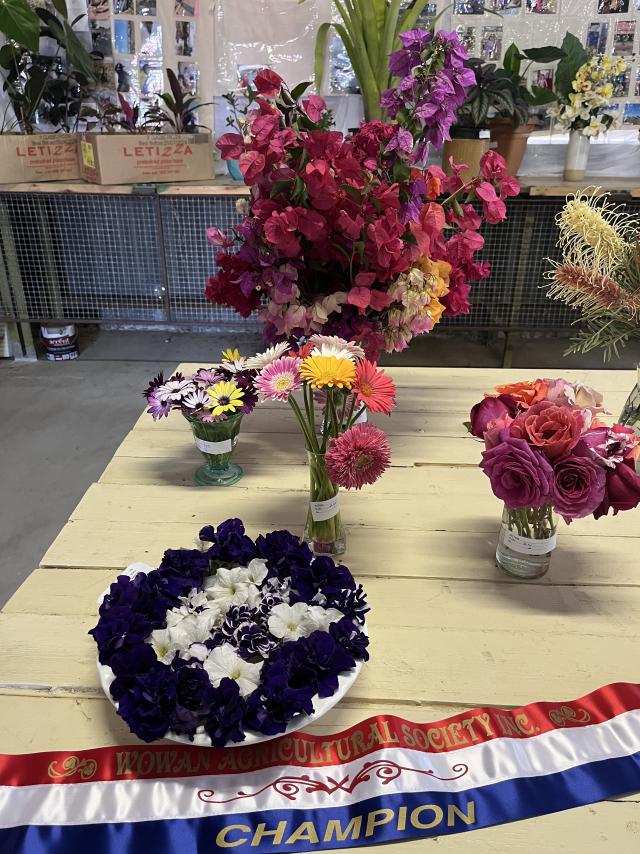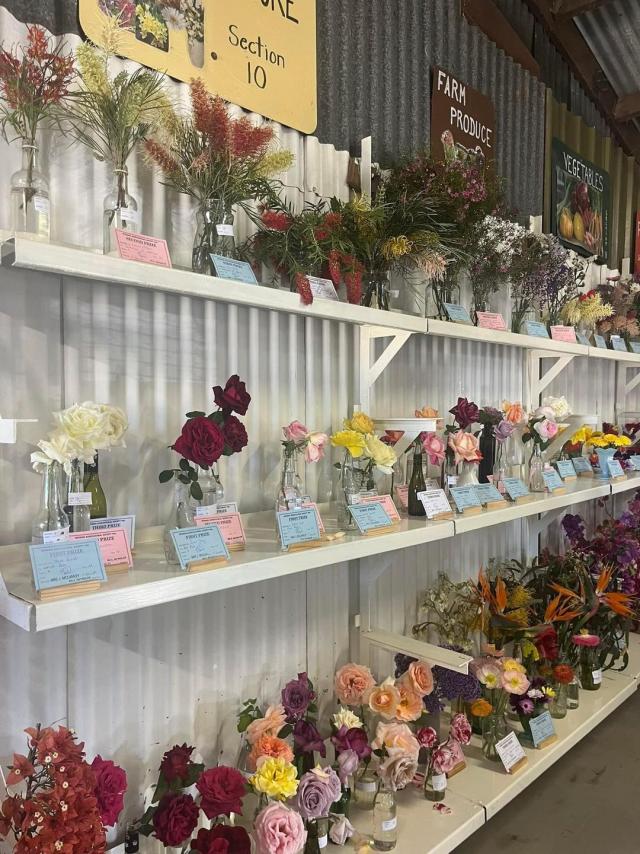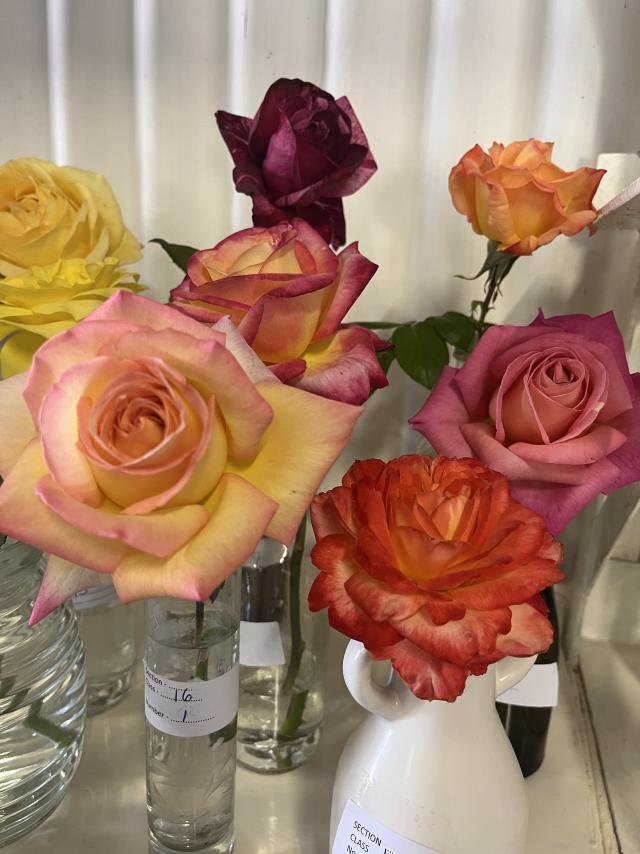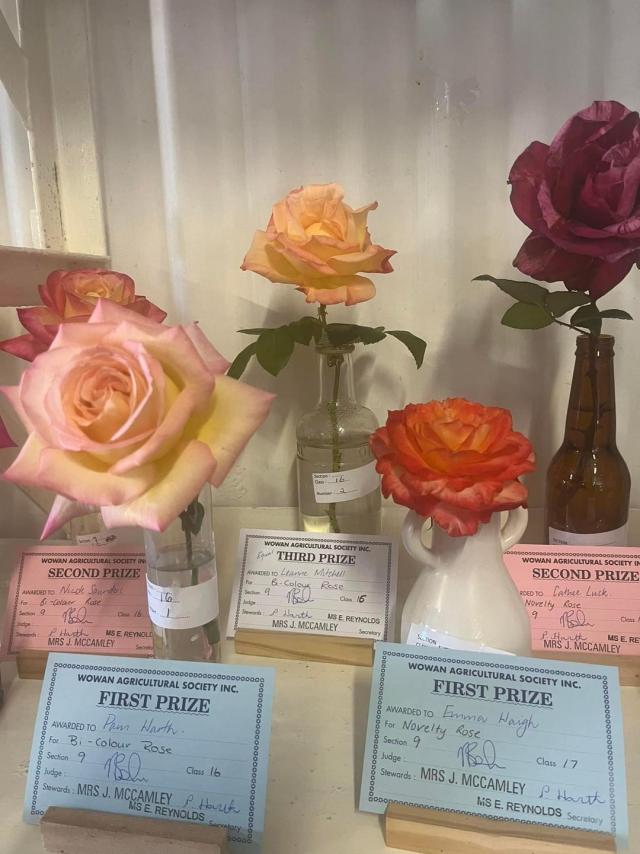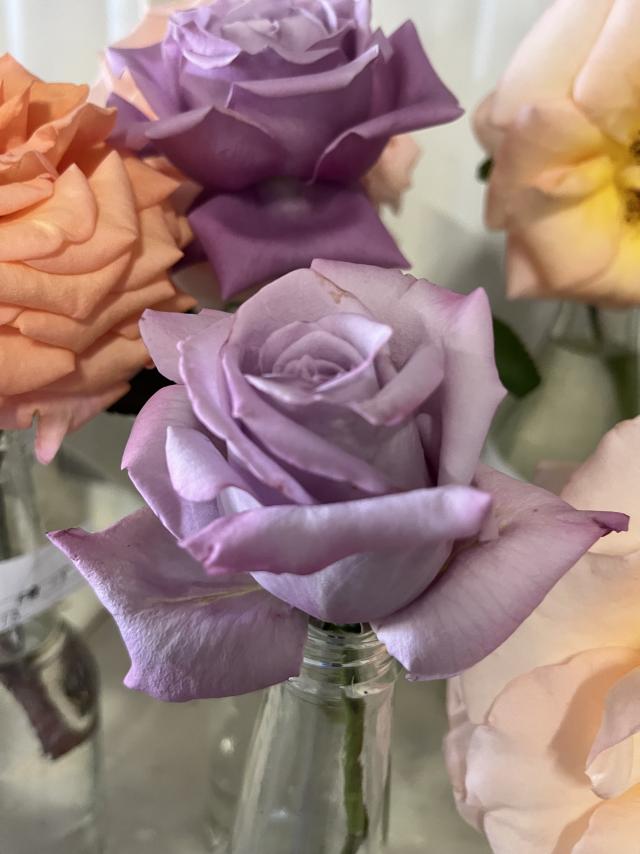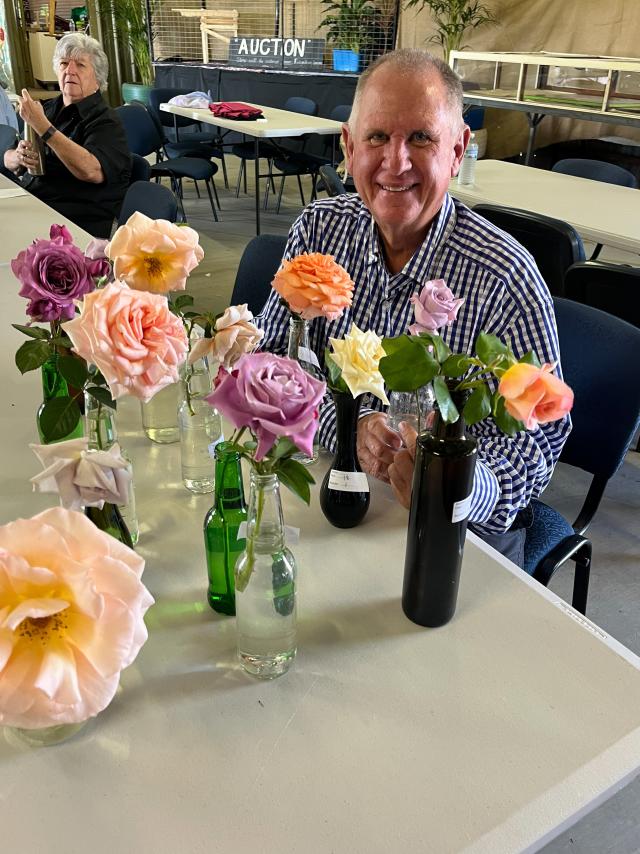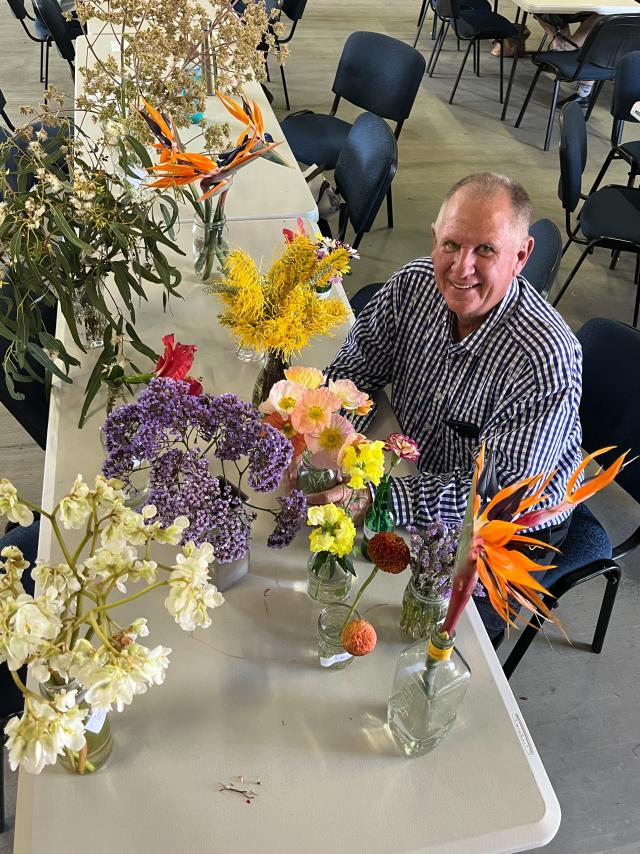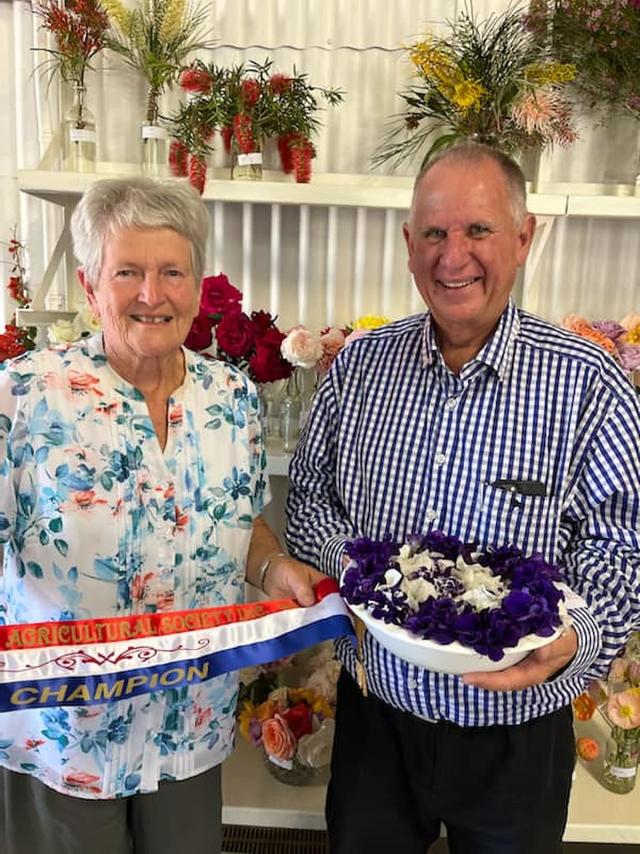There is one Agricultural Show that I always love to visit each year.
The Wowan Show now in its 89th year and always produces great Horticultural displays and this year raised the bar to an even higher level.
The quality and quantity of exhibits was impressive at this year’s Wowan Show.
Including one of the largest displays of flowering Roses I have seen in many years.
Added to the Roses were many other great displays of Grevilleas, Geraldton Waxes, Bougainvillea’s and many different Annuals were on show as well as dozens of other plant species.
Wowan is part of the Banana Shire Council which neighbours the Rockhampton Region and is only an hour’s drive from Rockhampton.
The Banana Shire Council lists Wowan history as the once dairy capital of the region.
With more than 600 farmers on the job, the Dawson Valley Dairy Cooperative was topped up daily with fresh supplies of full cream milk, ready to ship off to towns and cities as far away as England. Wowan flourished as a result.
The population grew and along with it came shops, churches, halls, a school, bowls club and even a golf course.
Not bad for a place that started out as a rail camp!
However, in the late 1960’s the dairy industry soured?
Other agricultural industries moved in, mostly beef cattle and grain, buying up the land and changing the face of commercial operations.
The business centre shifted to Moura and Biloela and eventually, many of the locals did too.
After visiting the Wowan Show I believe the displays will defiantly inspire other gardeners to establish their own Rose gardens.
And timing is perfect as there are hundreds of different varieties are now available in either plastic pots or as bare-rooted plants.
If purchasing roses in plastic containers, they may be planted in much warmer weather, with need for some care and consideration.
With bare-rooted roses now is the time to plant, their roots must not be allowed to dry out before planting.
When unwrapping the roots, it is always best to soak them in water, with many gardeners believing they should be kept in a bucket of water until they are transplanted into the ground.
However, they should not be kept in water for more than a few hours.
After planting, it is quite important that they are kept protected from hot sun and dry winds, until they have time to develop fresh roots.
They will them be able to sustain themselves by drawing moisture from the ground.
Roses are nearly dormant during winter, and do not require large amounts of water and fertiliser.
There is very little top growth, but the root growth does not slow down during the colder months.
When planting a new rose into a garden bed, which should have been prepared at least a fortnight beforehand and allowed to settle.
The planting hole should be made of about 300mm or one foot in diameter.
A mound should be formed to a level such that when the lower end of the rootball is held in it, the top of the rootball is even with the soil surface.
Then place the soil back around the rootball and water in, as this will eliminate air pockets.
It is important to note that roses do not like having their feet waterlogged, and this is often the cause of many rose failures.
Fertilising of freshly planted roses is widely discouraged by many specialist growers, but I have always found that using a small quantity of slow-release Osmocote has worked quite successfully.
However, if stronger amounts of fertiliser are used when planting, it may force new growth but damage the root system, which is the most important part of the plant at this stage.
When positioning new roses in the garden, a question that is usually asked is how far apart do you usually plant them?
I would always recommend a distance of one metre or three feet apart for hybrid tea roses, and half to three quarters of a metre for floribunda roses, as this will give a more colourful display.
If you haven’t ever been to Wowan it is worth taking a drive to experience this historic township.

